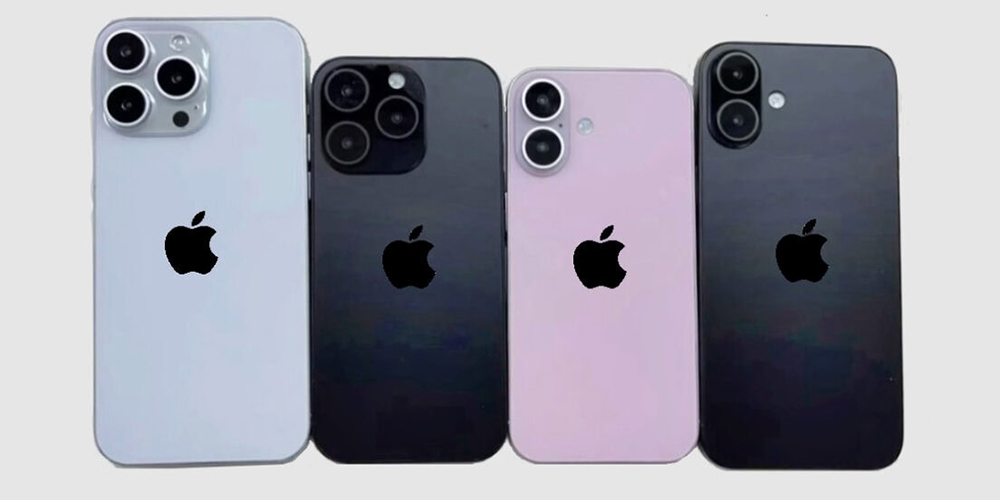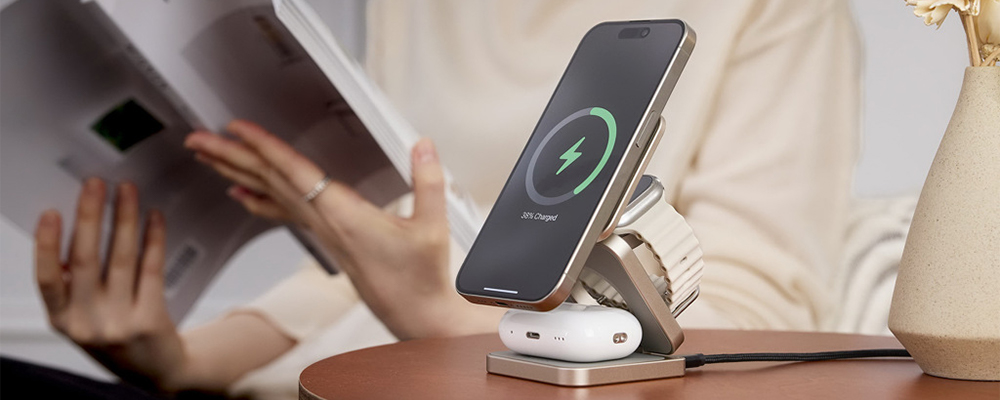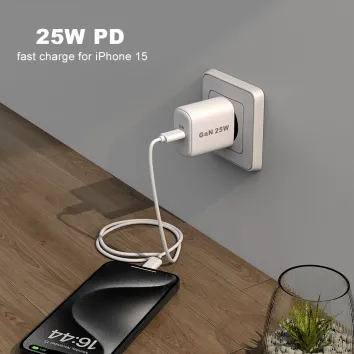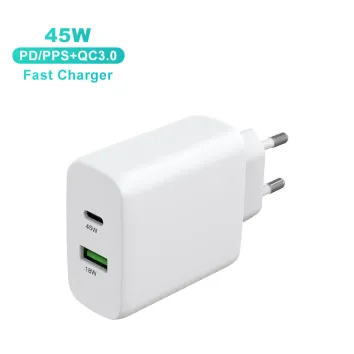How to effectively extend the battery life of iPhone 16: Charging and Settings Guide
The new iPhone 16 and 16 Pro Max have been launched for two months, and their powerful features are impressive. However, in order to continue to enjoy these features, it is particularly important to extend the battery life. In this blog, you will be provided with charging tips, optimization settings, and battery maintenance suggestions so that you can extend the life of your new phone and make the most of your device.

Understanding battery health
The iPhone uses a highly efficient lithium-ion battery. This type of battery is widely used in various devices such as mobile phones, laptops and electric vehicles. Compared with traditional batteries, they charge faster, are smaller in size, and have greater power. Here is a brief introduction to the working principle of lithium batteries:
You can simply understand it as the process of lithium ions migrating back and forth between the positive and negative electrodes. When the battery is discharged, lithium ions are removed from the positive electrode and pass through the electrolyte to the negative electrode; when charging, lithium ions return from the negative electrode to the positive electrode. This process is constantly cycled to provide energy for the device. However, during the repeated charging and discharging process, lithium ions will gradually embed into the lattice structure of the electrode material, causing irreversible structural changes (aging/loss) in the electrode material, thereby reducing the battery capacity.
What causes lithium-ion battery wear:
· Charging cycles: When the battery reaches 100% of its capacity, a charging cycle is completed. Over time, frequent charging cycles will gradually reduce the overall life of the battery.
· Temperature effects: High temperatures accelerate battery aging. Avoid exposing your iPhone to high temperatures for a long time while charging/using it, such as direct sunlight or excessive use while charging. Try to keep your iPhone within a temperature range of 16° to 22°C (62° to 72°F).
· Charging habits: Avoid letting the battery drop to 0% or fully charge to 100%. Keeping the battery between 25%-85% is most beneficial to extending battery life.

Adjust iPhone settings to optimize battery life
You can significantly extend the battery life of your iPhone with simple settings adjustments:
Reduce screen brightness: Turn on automatic brightness adjustment (path: Settings > Display & Brightness).
Turn off background app refresh: Disable background refresh for unnecessary apps (path: Settings > General > Background App Refresh).
Limit location services: Authorize apps to access location data only when necessary (path: Settings > Privacy > Location Services).
Adjust email push settings: Reduce the frequency of email pushes (path: Settings > Mail > Get New Data).
Turn off unnecessary notifications: Reduce unnecessary notifications to save battery (path: Settings > Notifications).
Enable dark mode: Use dark mode to reduce power consumption (path: Settings > Display & Brightness).
Limit location access for navigation apps: Navigation apps will still consume power after reaching the destination, so it is recommended to close them in time (path: Settings > Apps > Location).
Five best practices for iPhone charging
Even if you have the right charging equipment, good charging habits can affect the health of your battery:
Avoid overcharging: Although the iPhone has a mechanism to prevent overcharging, it is recommended to disconnect the charger when the battery is close to 80%.
Enable "Optimized Battery Charging": This feature minimizes battery wear by analyzing the user's charging habits (Settings > Battery).
Update iOS in a timely manner: Updating the system can help solve potential battery consumption issues.
Optimize the use of Wi-Fi: Wi-Fi saves more power than cellular data.
Low Power Mode: Enable Low Power Mode when the battery is below 20% to reduce unnecessary power consumption.
Wired Charging VS. Wireless Charging
Although both wired and wireless charging can charge the iPhone, they each have their own advantages and disadvantages:
Charging Technology | Advantages | Disadvantages
Wired Charging |Fast charging speed & high efficiency |Cables are easy to tangle and occupy the interface
Wireless Charging |Convenient and beautiful |Relatively slow charging speed&need to be placed on the charging base
Magnetic Wireless Charging (MagSafe)|Fast charging speed&stable connection |Requires a dedicated magnetic charger
Charging speed: Wired charging is faster, and wireless charging is also improving with the advancement of MagSafe technology.
Portability: Wireless charging is more convenient and suitable for going out and traveling.
Cost: Wired chargers are relatively economical, while high-end wireless chargers are more expensive.
Cable selection: High-quality USB-IF certified cables help ensure charging safety and efficiency.

Choose the right charger to extend battery life
Using a high-quality charger is essential for iPhone batteries:
USB-IF certification: Choose a certified charger to ensure stable voltage regulation to avoid overheating.
Suitable wattage: The iPhone 16 series supports fast charging, and using a charger with the correct wattage can significantly improve charging efficiency.
Optimization suggestions for different usage scenarios
Heavy game users: Reduce screen brightness, turn off unnecessary background applications, use performance mode (if supported), and turn on low power mode.
Video shooting enthusiasts: Choose settings with lower resolution and frame rate, turn off HDR video, and use an external power supply.
Low temperature environment: Place the phone in a warm place to charge, and avoid using it for a long time in extremely cold environments.
Recommended charging accessories for the iPhone 16 series
To ensure the long-term health of the battery, it is important to choose reliable accessories. Explore high-quality, rigorously tested chargers and cables to ensure the safety and performance of your device.

Read More

Read More

Read More
About Batteries: iPhone 16 Series FAQ
·Is it safe to charge overnight?
After enabling the "Optimized Battery Charging" feature, charging overnight will have limited battery loss.
·Will fast charging damage the battery?
No, iPhone is designed with thermal management in mind, which controls heat and distributes power evenly through the battery during charging. Ensure the safety of fast charging.
·How can I extend the life of my battery?
Maintain a comfortable temperature, enable optimized charging, and try to avoid overcharging or letting your phone run out of power frequently. Use a USB-IF-certified charger.
·Does the iPhone 16 use USB-C?
Yes, the iPhone 15 and iPhone 16 models have a USB-C connector.
·Does it matter what type of charger I use to charge my phone?
Yes, the charger you choose can affect the health of your phone's battery. It's important to find a charger that helps extend the life of your battery. Look for a high-quality charger that is USB-IF-certified and has the appropriate wattage.
·Is using a different charger harmful to the battery?
No, any charger that is USB-IF-certified is safe to use.